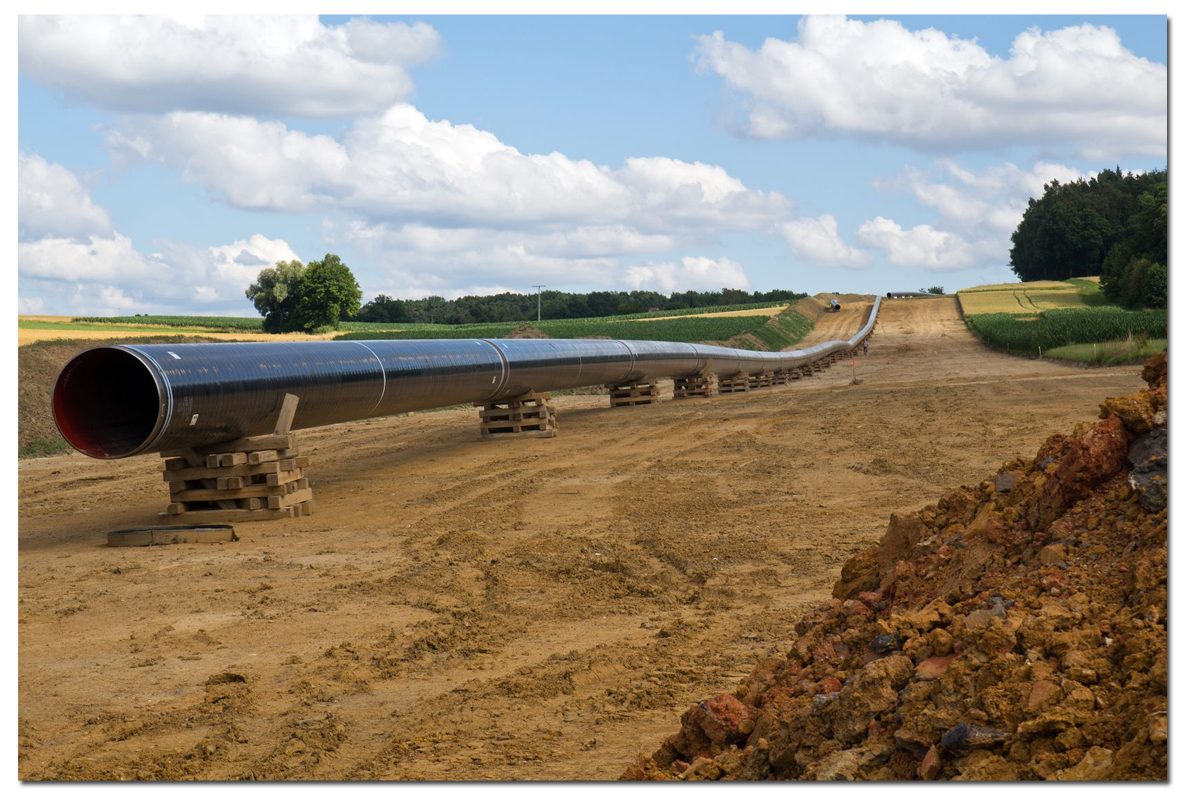
Petroleum products like gasoline, diesel, and jet fuel are made by processing crude oil at refineries. Once produced, these fuels travel through a huge network of pipelines found in almost every state. These pipelines help deliver energy to the places people rely on every day, including airports, businesses, and power plants. In total, the U.S. has over 62,000 miles of petroleum pipelines.
Homes and businesses close to these pipelines may face locational obsolescence, which can reduce the value or desirability of nearby properties. The possibility of spills, leaks, or other safety issues can impact local air, water, and soil, damage property, and harm wildlife or people. Because of these risks, some areas near pipelines are designated as “high-consequence areas,” where the effects of an accident could be far more serious.
Research & Citations:
Natural gas is a colorless, odorless hydrocarbon that is stored underground to allow for reliable withdrawal and future use. In the United States, it is stored primarily in three types of reservoirs: depleted oil and natural gas fields, salt cavern formations, and depleted aquifers. Nationwide, there are roughly 400 active storage facilities operating across 30 states.
Natural gas storage sites can introduce a range of environmental and health concerns for nearby properties. A leak from one of these facilities can lead to explosions, significant methane emissions, and other hazardous conditions that may affect the surrounding community. These sites may also create visual and noise disturbances from the equipment and ongoing operations. Together, these factors may influence a property's desirability or market value.
Research & Citations:
Impacts in action:
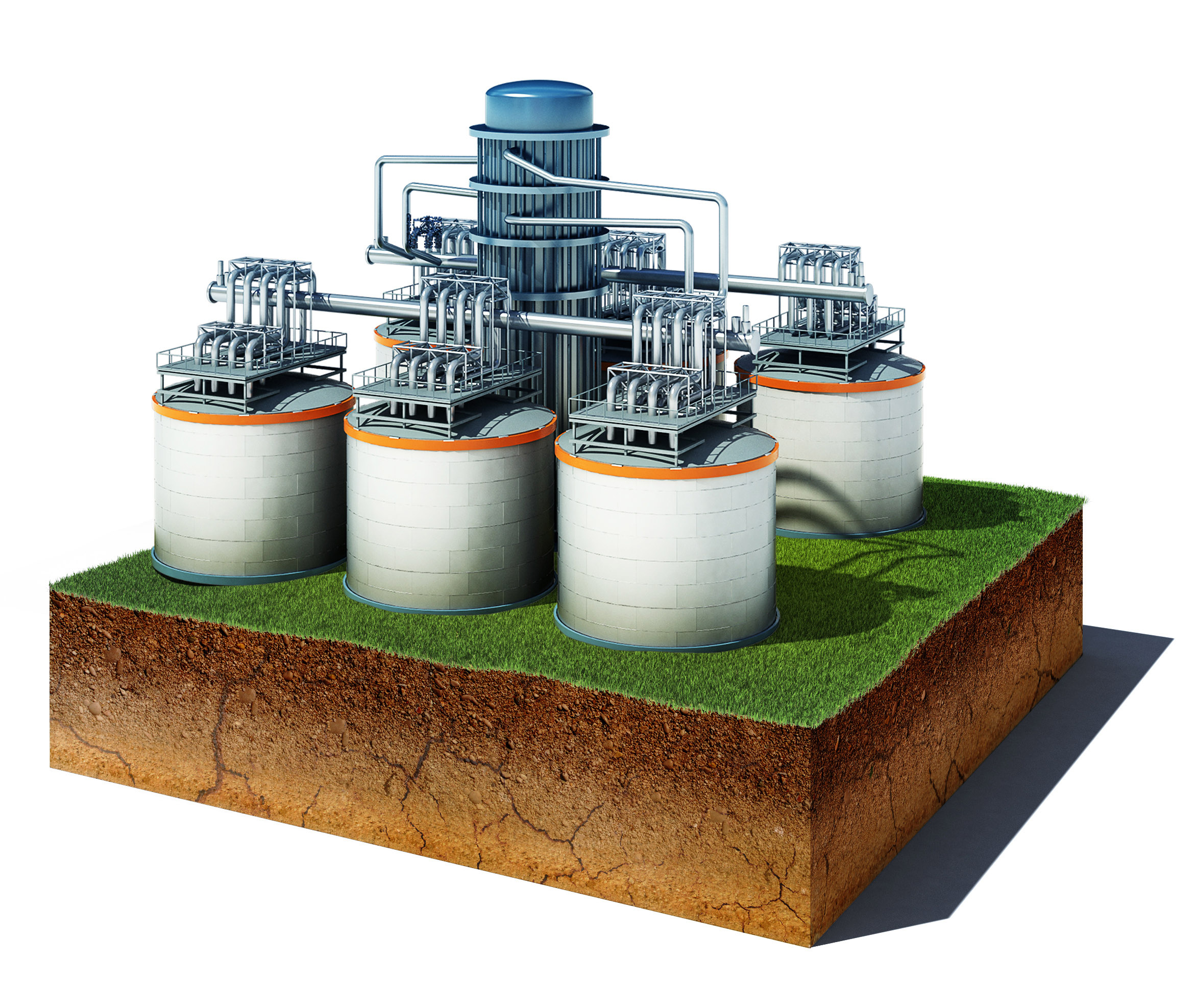
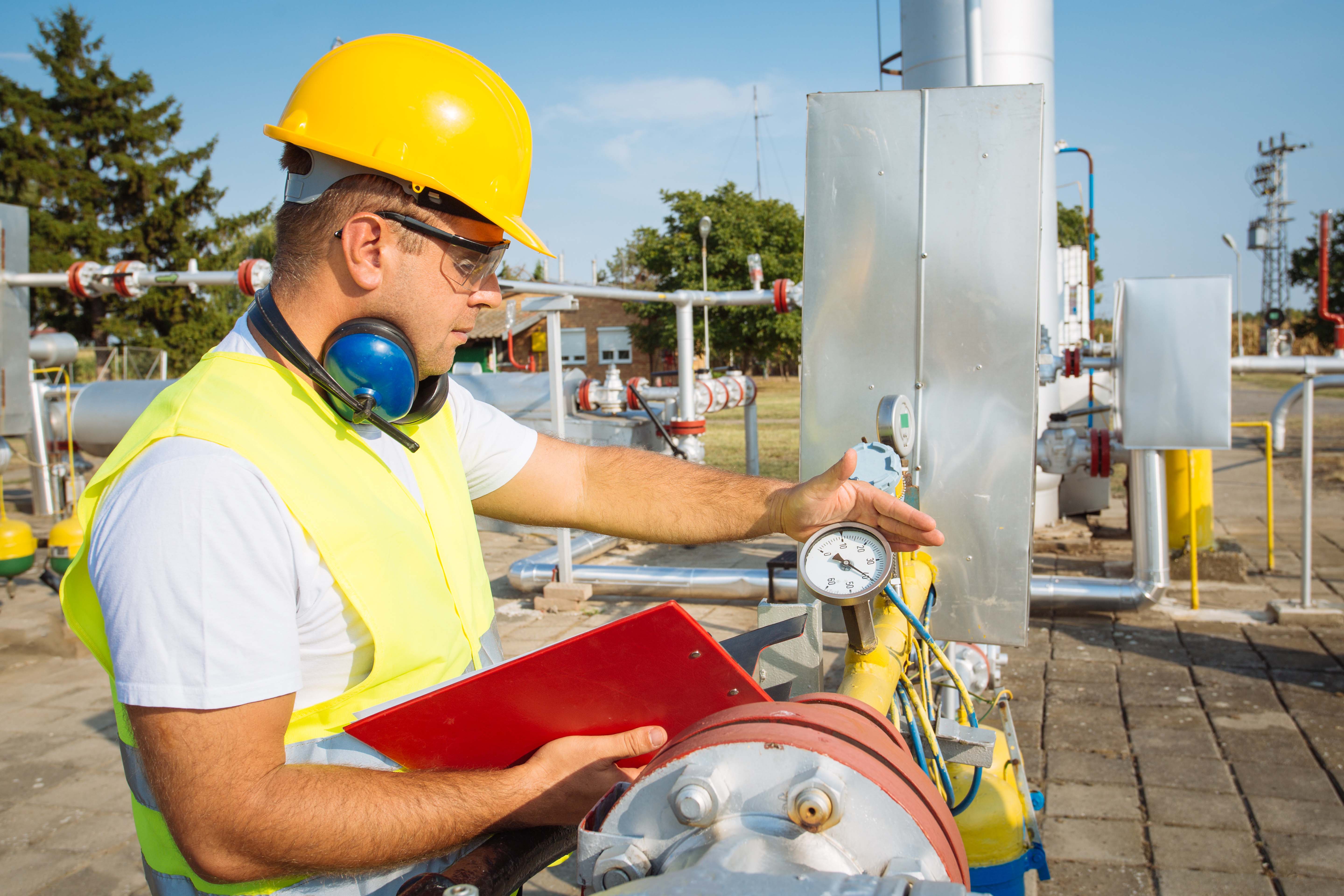
Natural gas market centers, which began developing in the late 1980s, are now critical hubs within the North American gas transmission system. These facilities link multiple interstate pipelines, allowing large volumes of natural gas to be traded, redirected, or stored as system demands change. Because market centers manage significant gas flows and often provide access to nearby underground storage reservoirs, operational failures—such as leaks, pressure irregularities, or equipment malfunctions, can have far-reaching consequences.
Incidents at or near these hubs can release natural gas into surrounding areas, increase the potential for explosions and fires, and disrupt service to homes and businesses. Pipeline ruptures or equipment failures may also trigger evacuations, worsen air quality, and contribute to methane emissions. As a result, properties near major market centers may experience elevated exposure to system-related hazards that can affect safety, desirability, and market value.
Natural gas is an odorless, transparent gas consisting primarily of methane, with smaller amounts of ethane, propane, butane, hydrogen sulfide, carbon dioxide, nitrogen, and oxygen. The U.S. natural gas pipeline network is an interconnected system that transports natural gas throughout the lower 48 states. In total, the United States has more than three million miles of natural gas pipelines, including gathering, transmission, and distribution systems.
Natural gas pipelines can influence the value and desirability of nearby properties, largely because of concerns about system failures. Homes and businesses close to these lines may be affected by possible ruptures, leaks, pressure irregularities, or other operational issues associated with high-pressure gas transmission. When a failure occurs, natural gas can migrate into the surrounding area, affecting local air, water, and soil, damaging nearby structures, and endangering wildlife or people. Pipeline failures may also cause service interruption, ground disturbance and emergency response. In more severe cases, these events can escalate into fires, explosions, and mandatory evacuations.
Research & Citations:
Impacts in action:
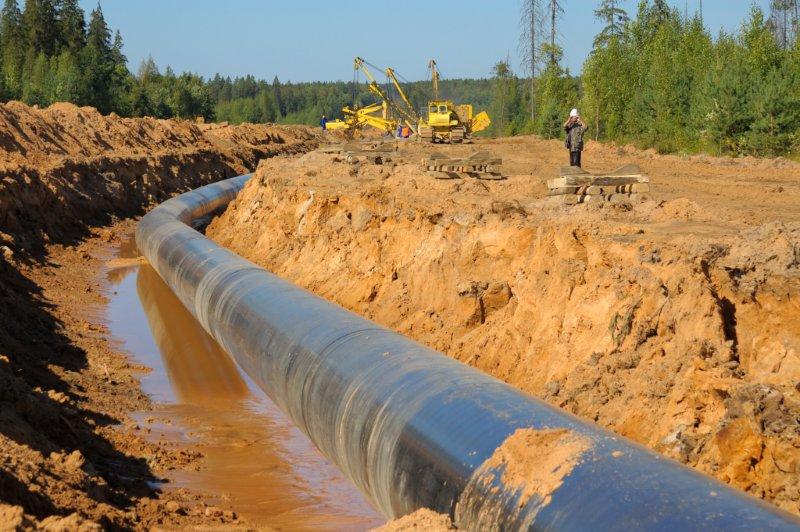
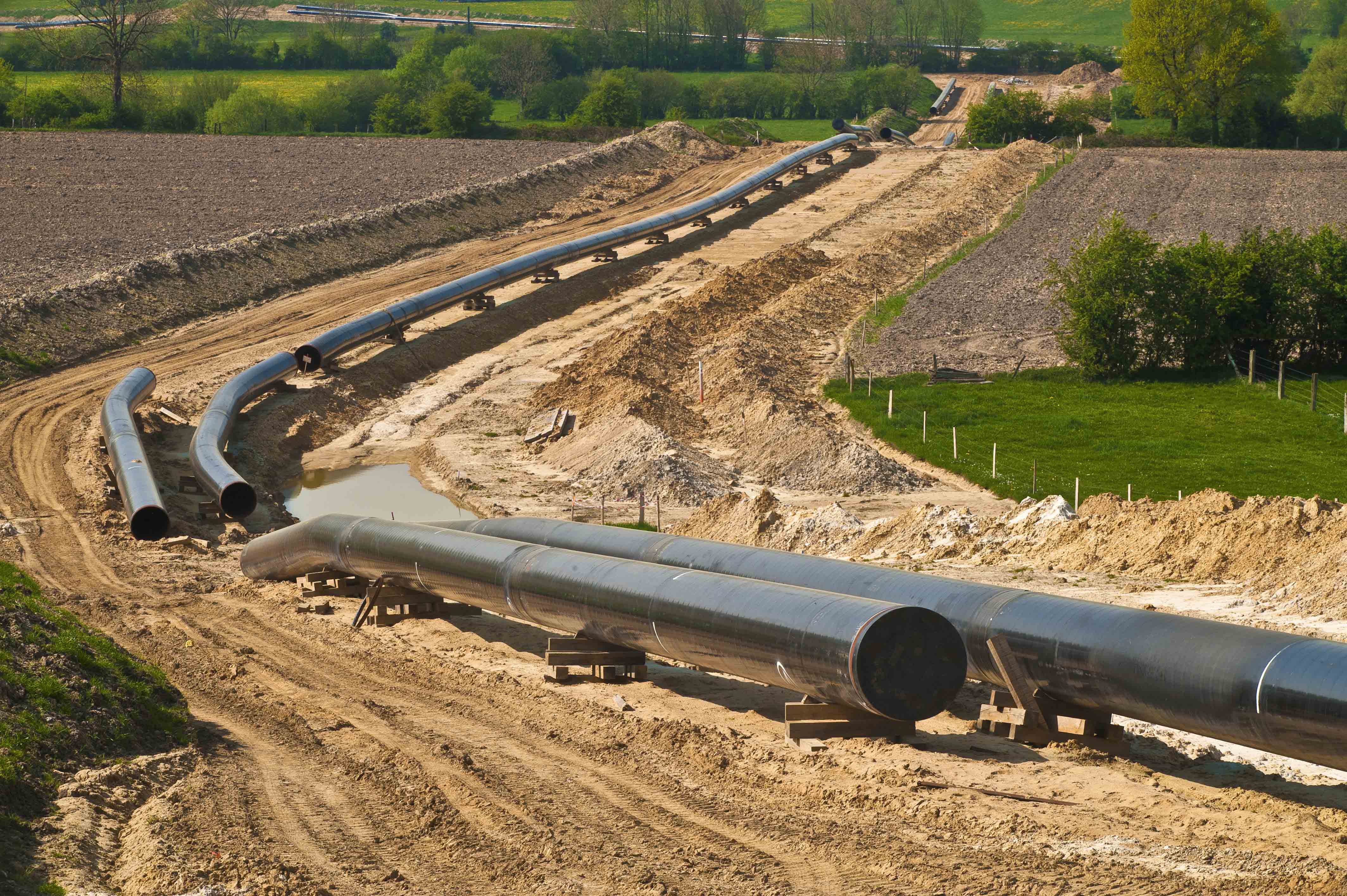
Crude oil pipelines are a critical part of the nation’s liquid energy supply. Crude oil is a mixture of hydrocarbons that exists as a liquid in underground geologic formations, and it remains a liquid when brought to the surface. The United States has over 80,000 miles of crude oil system lines that transport crude between major production areas, storage hubs, and regional markets.
Nearby properties can be affected by potential oil spills and pipeline ruptures. When crude oil is released, it can contaminate soil and groundwater, create strong odors, damage vegetation, and harm wildlife. Spills and ruptures may also require large cleanup operations, road closures, and emergency response activity that can disrupt daily life for nearby residents. Properties located near crude oil pipelines may fall within a designated “high consequence area,” where the impacts of a pipeline incident could be significantly greater.
Research & Citations:
Hydrocarbon gas liquids (HGL) are produced when raw natural gas is processed at natural gas plants and when crude oil is refined into petroleum products. These liquids such as propane, butane, and natural gasoline are moved through pipelines that operate under high pressure. There are over 70,000 miles of HGL pipelines in the US.
Homes and businesses located near these pipelines may be affected by concerns about leaks, ruptures, or other system failures. pipeline ruptures and other failures may affect local air, water, and soil. They can damage property, sicken and/or kill wildlife, and cause significant injury or death. Residents, businesses, and organizations located in proximity to the pipeline may find themselves in a high consequence area.
Research & Citations:

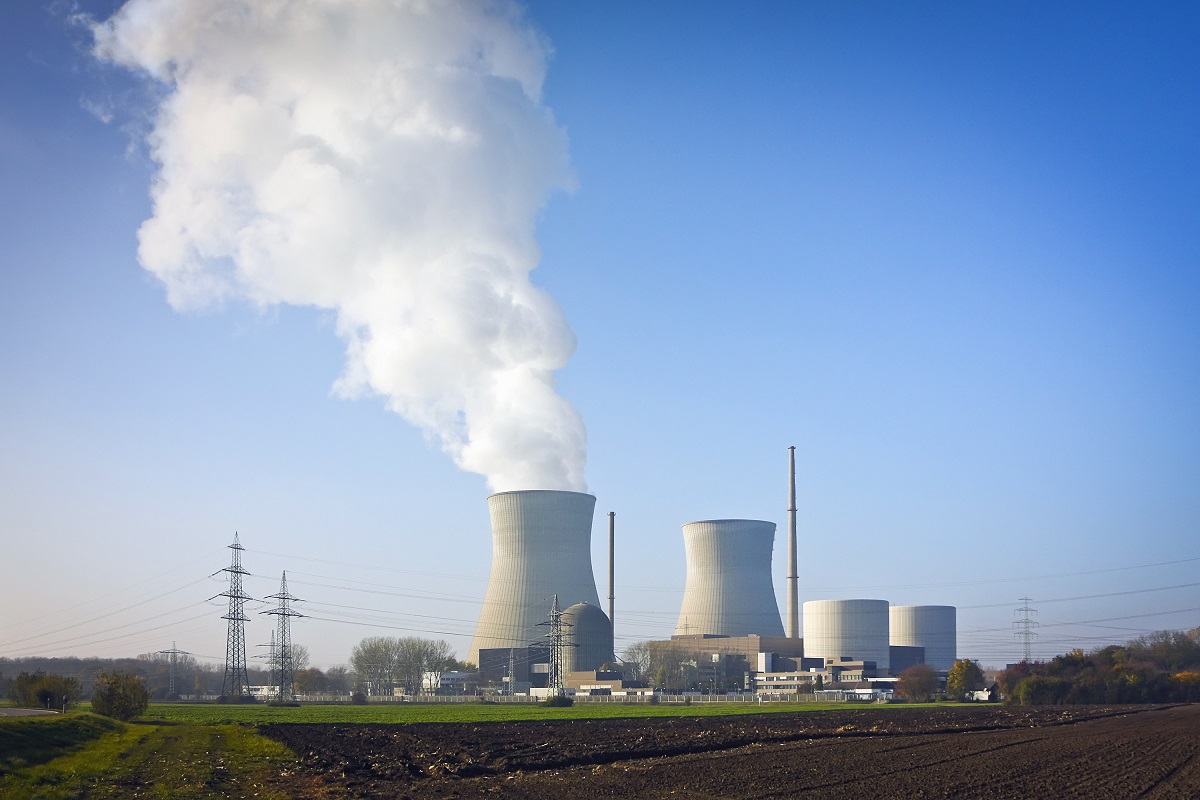
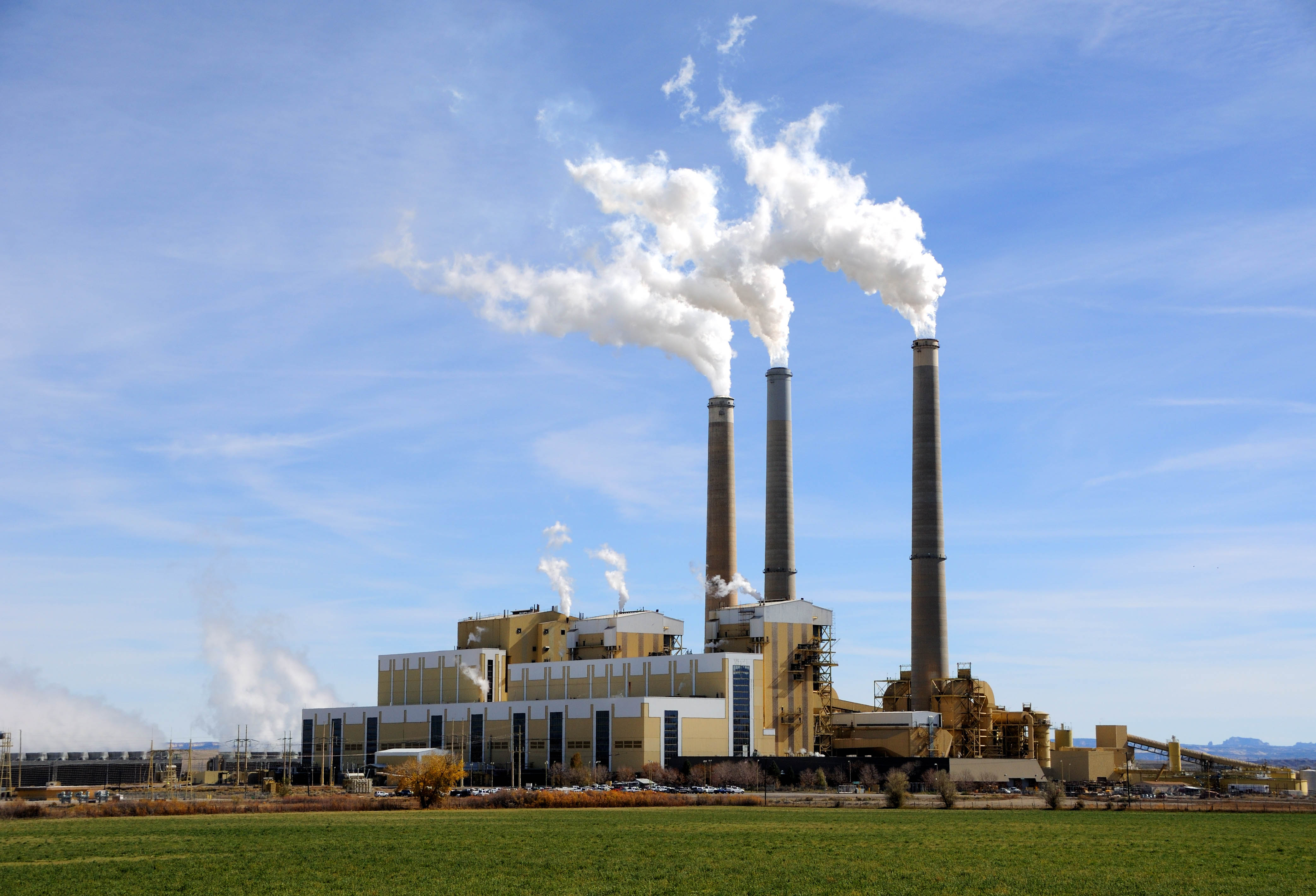
Power plants are facilities designed to produce electric energy. There are several types of electric power generating plants, such as fossil fuel power plants, hydroelectric power plants, solar thermal power plants, geothermal power plants, wind power plants, and nuclear power plants. The United States alone has 7,658 power plants with operational generators.
The market value of properties close to power plants may be adversely affected. Power plants may also pose several environmental and health threats to nearby residents. Power plants use water from local lakes and rivers for cooling, and often excess water is released back into the waterway which may cause water pollution from salts and heavy metals.
Coal-fired power plants produce more hazardous air pollution in the U.S. than any other industrial pollution source. A coal-burning power plant releases a mixture of toxic chemicals into the environment. These chemicals include nitrogen oxides, sulfur dioxide, mercury, and dozens of other substances known to be hazardous to human health. Over 386,000 tons of air pollutants are emitted from over 400 plants in the U.S. per year.
Nuclear power plants use the energy released by the decay of certain radioactive isotopes. Nuclear power plants have regular releases of low-level radiation, which some believe will not cause significant harm. However, we believe that the more a person is exposed to ionizing radiation, the greater the possibility that this exposure could damage body cells and lead to cancer. In addition, a nuclear accident can have severe consequences. A nuclear meltdown is an accident in which overheating of the nuclear reactor results in the melting of the reactor's core. We believe that proximity to a nuclear power plant will almost always have a negative effect on property values.
Research & Citations:
Impacts in action:
Domestic wastewater refers to liquids collected from residences, offices, and institutions. The collection and treatment of domestic sewage and wastewater is vital to public health and clean water. Sewers collect sewage and wastewater from homes and deliver it to wastewater treatment facilities before it is discharged to bodies of water or land. Industrial wastewater refers to wastewater from manufacturing facilities. Wastewater discharged from industrial and commercial sources may contain toxic pollutants. Treatment is accomplished by subjecting the wastewater to a combination of physical, chemical, and/or biological processes that reduce the concentration of contaminants.
Wastewater treatment facilities can impact the market value of nearby properties. Chemicals, bacteria, and other organisms from wastewater treatment facilities can become airborne during the treatment process., especially in windy and humid conditions. Those living near the plant may also be exposed to eye irritation, central nervous system damage, and possible poisoning. Wastewater treatment plants may also attract flies and other pests. These insects pose a risk of spreading bacteria and chemicals from the wastewater treatment facility into the community.
The wastewater treatment process often emits foul odors. While these odors are not harmful, they are unpleasant and could result in a nuisance to those living nearby. Like any other technology, these facilities suffer malfunctions and mechanical failures. These failures can result in the flooding of the facility and surrounding areas. Most wastewater treatment plants utilize concrete tanks that are often partially underground to process wastewater. Over time, these tanks can develop cracks. If these cracks are not repaired immediately, tank contents can leak and contaminate underlying soils and groundwater. This could result in on-site contamination and eventually lead to third-party property damage from contaminants migrating off-site.
Research & Citations:
Impacts in action:
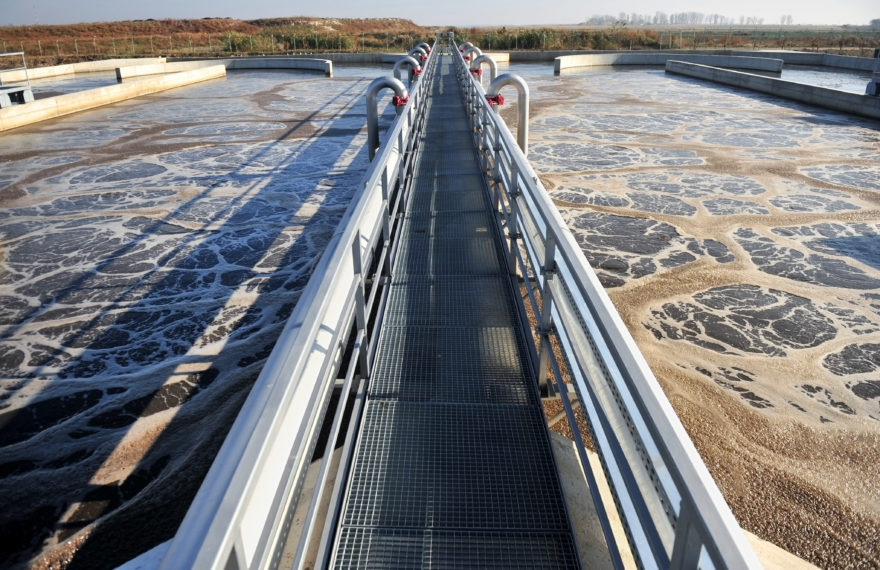
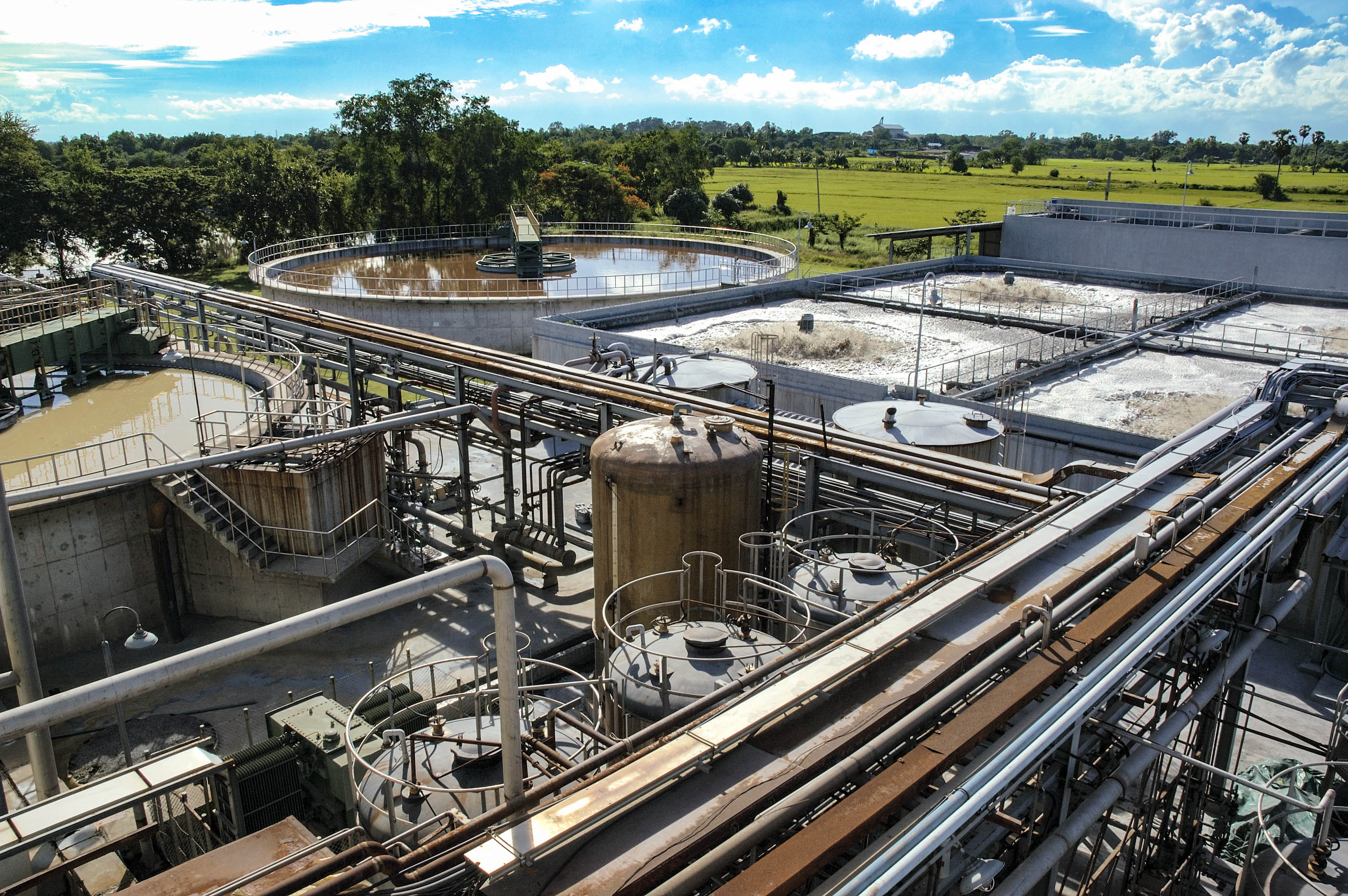
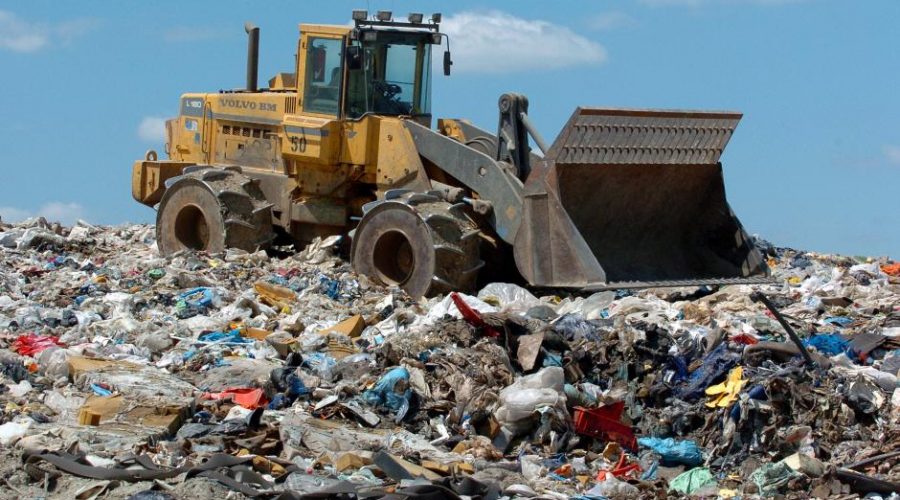
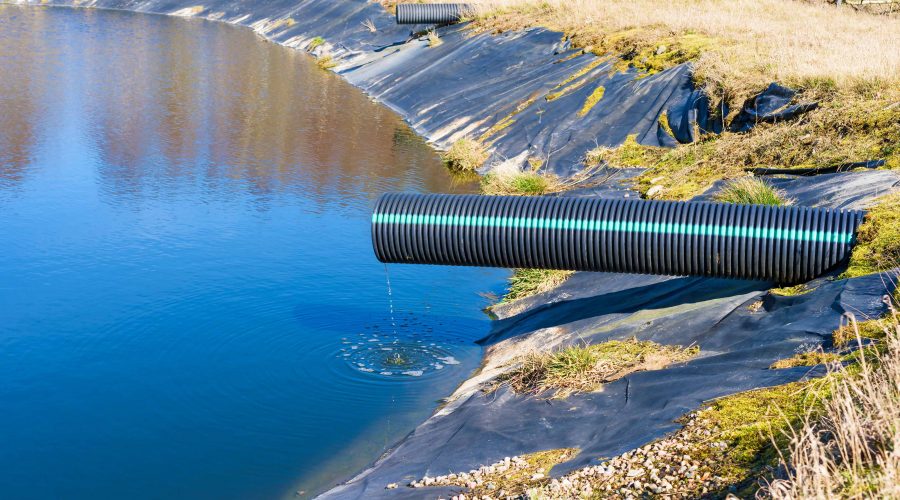
A landfill site is used for disposal of waste materials by burial. Trash is compacted before being deposited in the landfill. It's then covered with multiple layers, including a covering of soil at the end of each day.
Proximity to a landfill can negatively influence local property values. Nearby properties may be affected due to dust, noise, flies and other insects, vermin, traffic, odors, and debris. Landfills may also pose several environmental and health threats to nearby residents. Some of the hazards associated with landfills are groundwater contamination, air quality reductions, and the accumulation of methane gas.
Landfills produce leachate, a toxic liquid that drains from the compressed trash. Leachate is composed of pollutants, including toluene, phenols, benzene, ammonia, dioxins, polychlorinated biphenyls (PCBs), chlorinated pesticides, heavy metals, and endocrine-disrupting chemicals. Landfills also produce gas that can move through soil and collect in nearby buildings. The most toxic gasses are ammonia, sulfides, methane, and carbon dioxide. Ammonia and hydrogen sulfide cause most of the odors at landfills. Methane is highly flammable and concentrations at landfills sometimes exceed explosive levels indoors.
Research & Citations:
Impacts in action:
Since Congress passed the Superfund law in 1980, many of the worst hazardous waste sites in the U.S. have either been cleaned up or contained. Unfortunately, hundreds more are "works in progress" and may expose humans to dangerous levels of toxic chemicals. Active Superfund sites are polluted locations requiring a long-term response to clean up hazardous material contaminations. Active Superfund sites can include abandoned industrial sites, city landfills, and military depots. There are currently more than 1,300 Superfund sites in the United States.
Research & Citations:
Impacts in action:
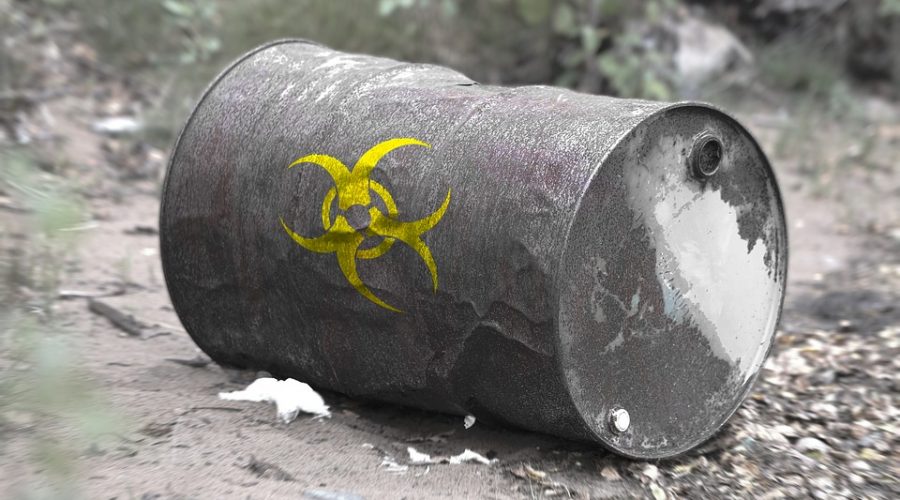

A proposed Superfund site is any land in the United States that has been contaminated by hazardous waste and identified by the Environmental Protection Agency (EPA) as a candidate for cleanup because it poses a high and significant risk to human health and the environment. The EPA uses its Hazard Ranking System (HRS) to determine the toxic waste site’s threat to public safety. The HRS is based on the size of the site, the toxic materials present, and the site’s hazard to human health. Proposed Superfund sites can include abandoned industrial sites, city landfills, and military depots.
Proximity to proposed Superfund sites can negatively impact the market value of nearby properties. Common contaminants found at Superfund sites include asbestos, arsenic, lead, mercury, vinyl chloride, dioxin, cadmium, and radioactive material.
Research & Citations:
Rail transportation in the United States primarily consists of freight shipments. The interconnected railroad system moves around a third of the country's freight traffic and carries goods, such as coal, grain, chemicals, and motor vehicles. About 700 railroads operate common carrier freight service in the United States. There are approximately 150,000 miles of railroad track in the United States.
Being close to railroad tracks can influence the value of surrounding properties. Railroads may pose several environmental and health threats to nearby residents. Noise pollution can affect the lives of those living near railroads. Residents living in proximity to rail lines may also face increased exposure to harmful microscopic particles from diesel emissions. These concentrations may exceed U.S. air quality guidelines.
Impacts in action:
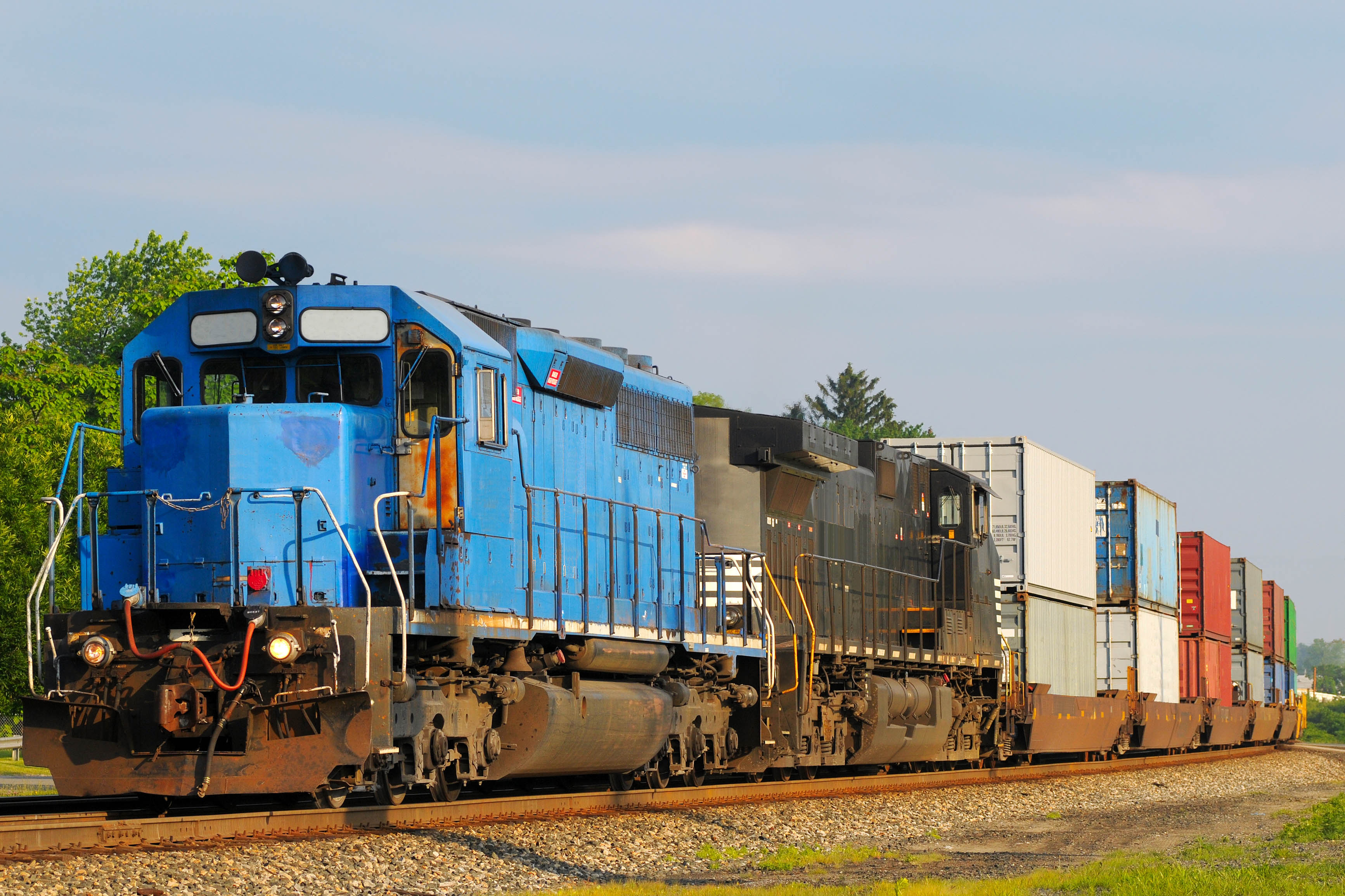
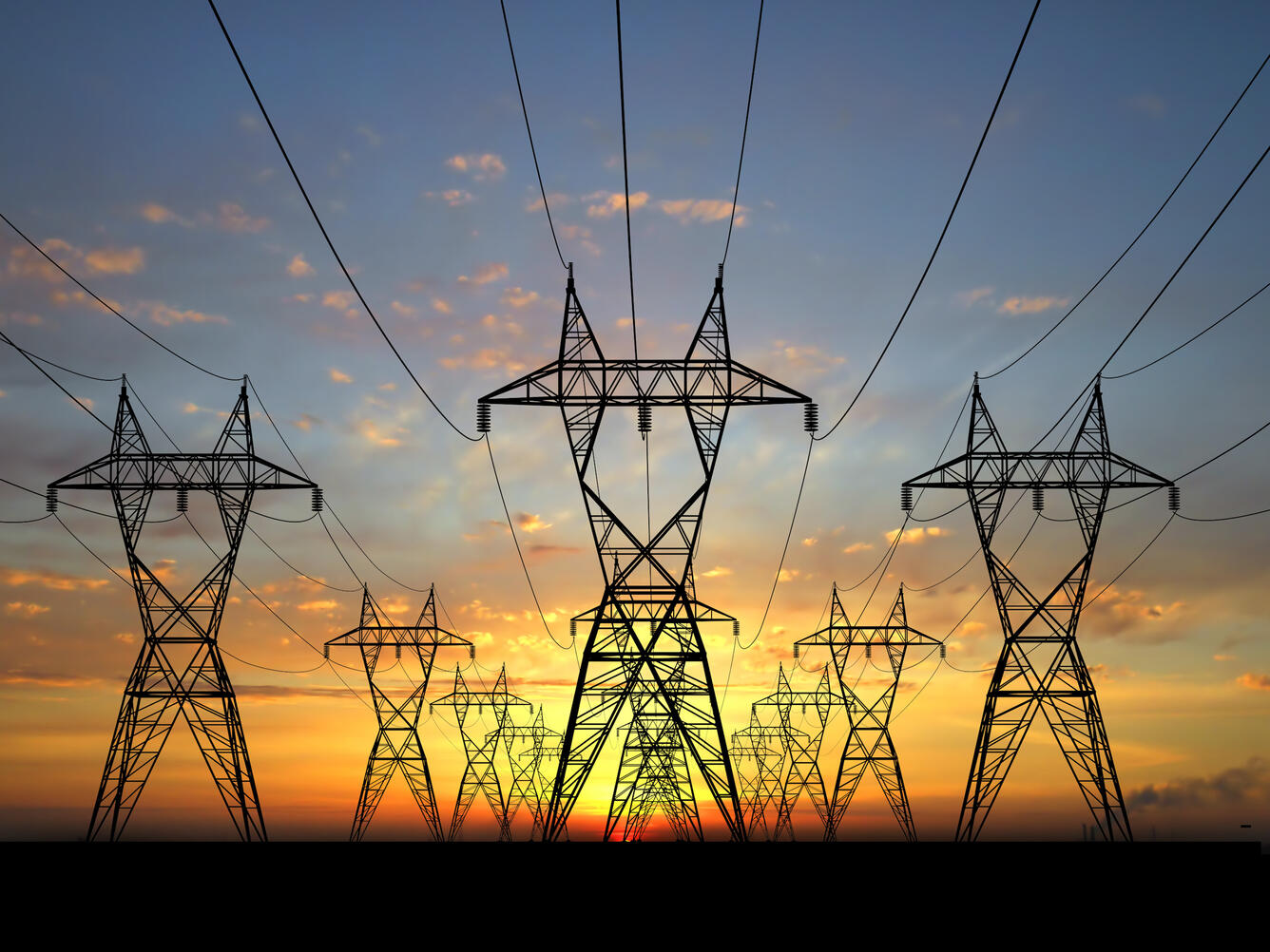
Having a high-voltage transmission line on your property can come with several drawbacks. These power lines can negatively impact property values, as potential buyers may be deterred by concerns over aesthetics, health risks, and land use restrictions. The constant hum of electricity can be a nuisance, and electromagnetic fields (EMFs) generated by the lines have raised concerns, though scientific consensus on health risks remains debated.
Nearby properties may be potentially affected because of the unappealing view of the lines and towers, as well as the scientific disputes regarding health and safety. The issue of health effects has received attention due to the fear of harmful exposure to electromagnetic fields (EMFs).
Impacts in action:
Roadway improvements are defined as roadways that are rebuilt primarily along existing alignment. Reconstruction normally involves full-depth pavement replacement. Other roadway improvements could include expansion of highway lanes, changing the fundamental character of the roadway, or reconfiguring intersections and interchanges.
Major improvements to existing transportation infrastructure can have various effects on nearby real estate. In some cases, the expansion leads to positive results on real estate values, while other properties may be impacted negatively due to access restrictions, noise, emissions, and vibrations from proximity to a major roadway.
Impacts in action:
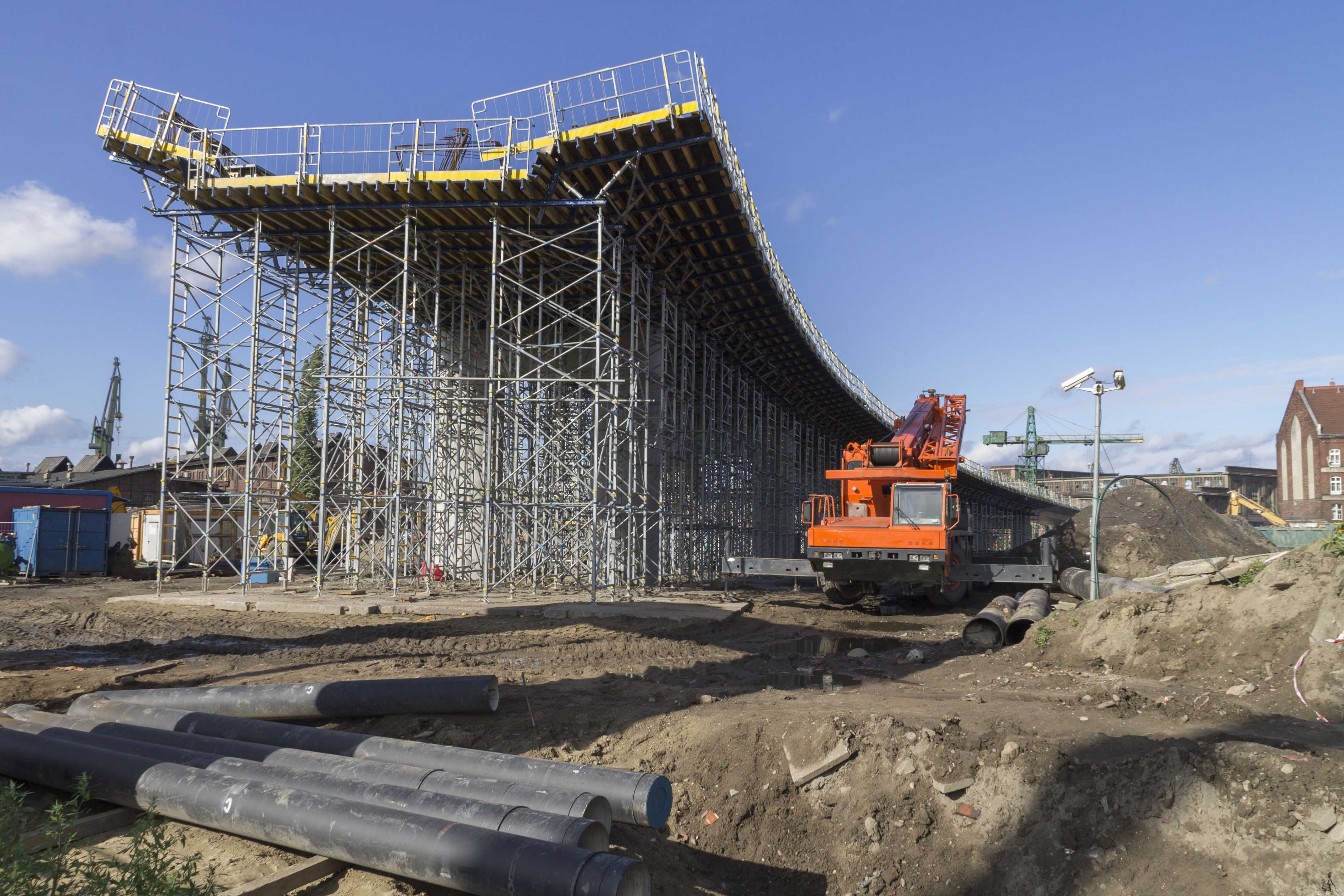

A registered sex offender is a person who has been convicted of a crime involving a sexual offense. Federal, state or local laws require the person to be placed on the Sexual Offender Registry after they have served their criminal sentences, or when they have been released on parole. These acts can range anywhere from misdemeanors to felonies, and the definition of a sex crime differs from jurisdiction to jurisdiction. The level of the offense depends on the crime committed, the nature of the crime, the age of the parties involved, and the probability to recommit the offense.
The presence of registered sex offenders can decrease the market value for nearby properties. Nearby properties are often affected because of the potential crime risks associated with nearby sex offenders. We believe sex offenders not only affect the value of adjacent properties, but also the value of other homes in the nearby vicinity.
Research & Citations:
*NOTE: WHILE ALL ATTEMPTS ARE MADE TO PROVIDE COMPLETE AND ACCURATE INFORMATION, IMPACT CHECK DOES NOT GUARANTEE THE ACCURACY OF THE INFORMATION. OUR DATA SOURCES RELY ON ADDRESSES AT SPECIFIED TIMES. THE INFORMATION WAS CONSIDERED UP TO DATE AT THE TIME IT WAS COMPILED.
Living near noise pollution can lead to serious health issues, including stress, sleep disturbances, and increased risk of heart disease. Constant loud sounds from traffic, factories, or construction can damage hearing, reduce concentration, and negatively impact mental well-being. Over time, exposure to excessive noise can raise blood pressure, cause anxiety, and lower overall quality of life.
Noise pollution generally occurs when sound levels exceed 65 decibels (dB) for prolonged periods and become harmful at above 85 dB. However, the exact threshold depends on factors such as duration, frequency, and sensitivity of individuals.
Research & Citations:


PFAS are a large group of human-made chemicals used in various industrial and consumer products for their water-, grease-, and stain-resistant properties.
PFAS do not break down easily, earning them the nickname "forever chemicals." They accumulate in water, soil, and living organisms, including humans. Long-term exposure to per- and polyfluoroalkyl substances (PFAS) has been linked to many health problems, including cancer, liver damage, and thyroid disease. PFAS are also known as "forever chemicals" because they persist in the environment and in the human body.
Research & Citations:
Living near a Petroleum Product Terminal can be hazardous due to air and water pollution, exposure to harmful chemicals like benzene, and the risk of fires or explosions. Strong odors, noise from industrial activity, and increased truck traffic can reduce quality of life. These factors also lower property values and pose long-term health risks, including respiratory issues and cancer.
Research & Citations:
Living near or on a wetland can be risky due to frequent flooding, unstable soil that can damage buildings, and increased exposure to mosquitoes and other pests. Wetlands are also protected ecosystems, which can limit construction and property modifications. Additionally, water quality issues and high humidity can lead to mold growth and structural damage over time.
Research & Citations:
Living near an airport can be problematic due to constant noise pollution from aircraft, which can cause sleep disturbances, stress, and increased risk of heart disease. Airports also contribute to air pollution, exposing residents to harmful chemicals that can lead to respiratory issues. Increased traffic congestion and safety risks from aircraft accidents or fuel spills further impact quality of life. Additionally, property values tend to be lower in areas near airports due to these concerns.
Research & Citations:
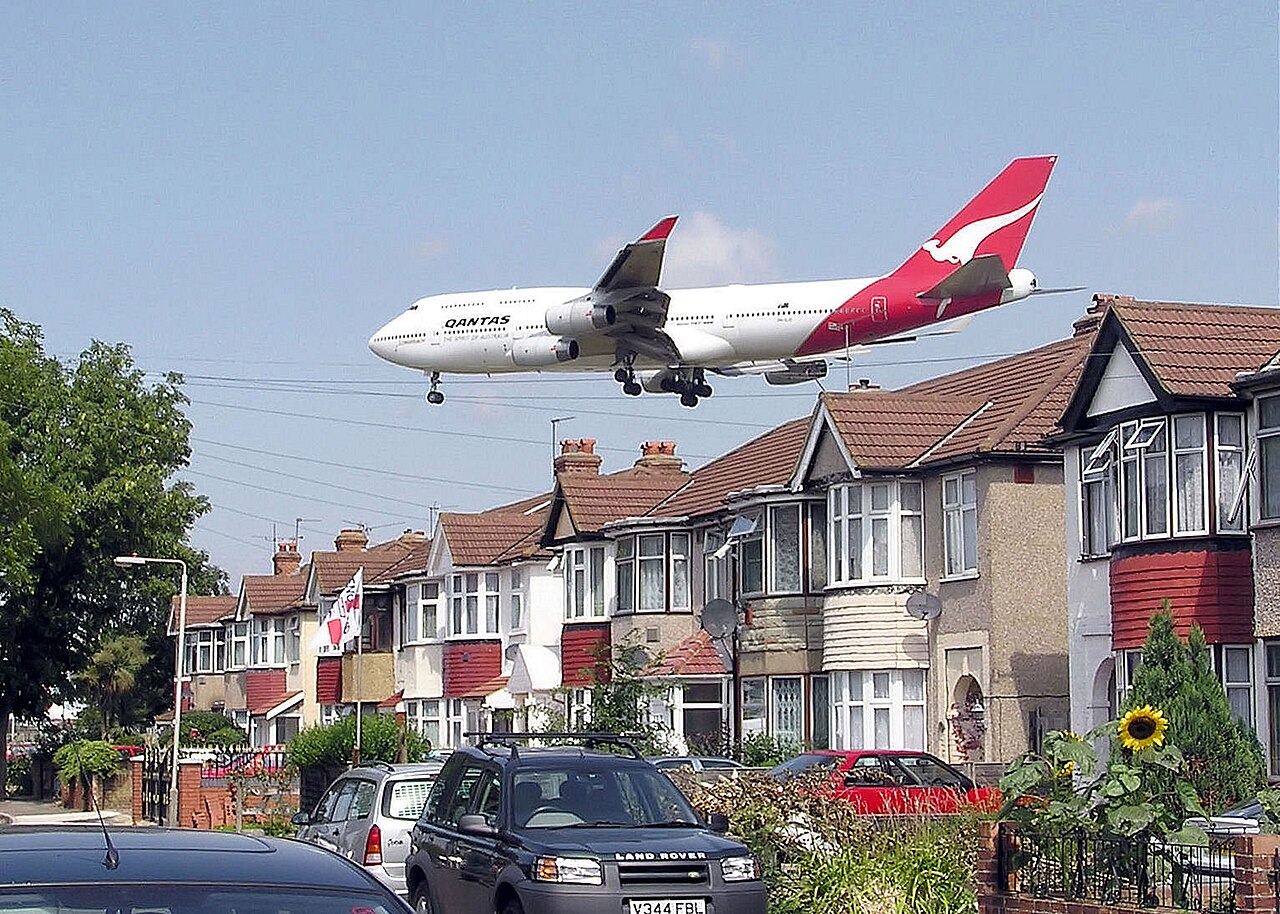
*NOTE: THE APPLICATION OF THE INFORMATION CONTAINED MAY VARY FROM STATE TO STATE. NOT ALL DATA SETS ARE AVAILABLE IN ALL STATES. IMPACT CHECK’S CURRENT DATA SOURCES DO NOT CONTAIN DATA FROM HAWAII OR ALASKA.